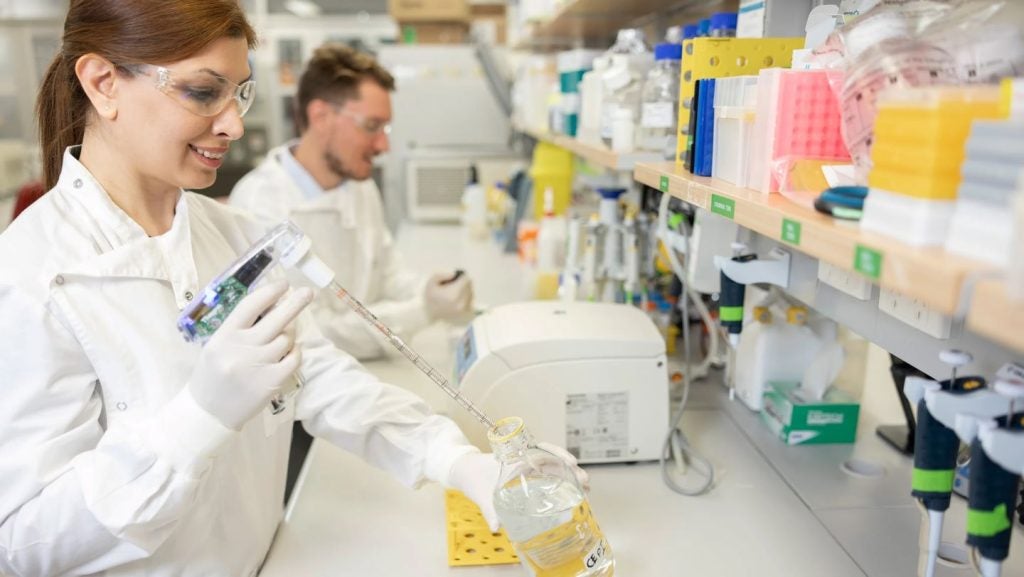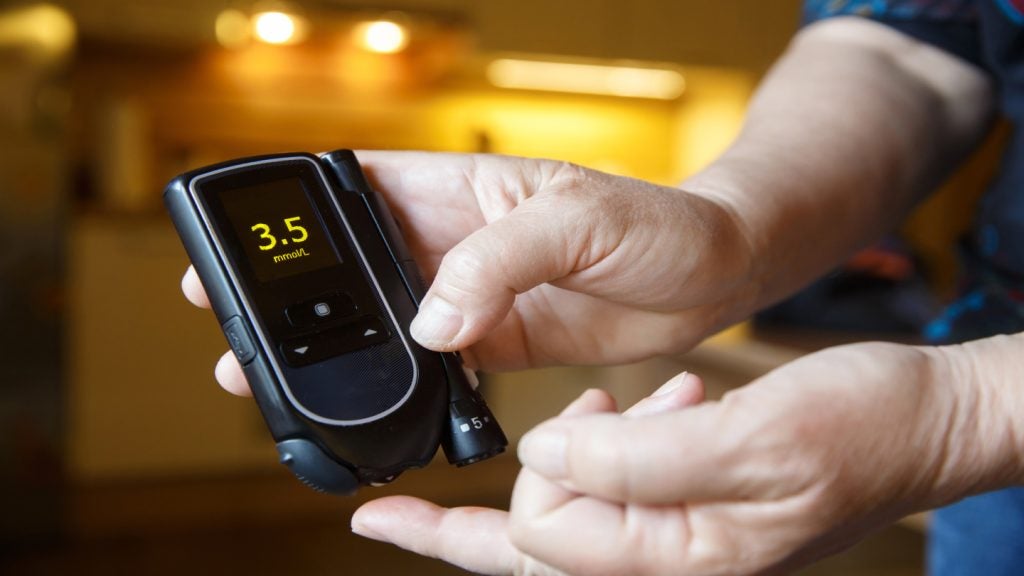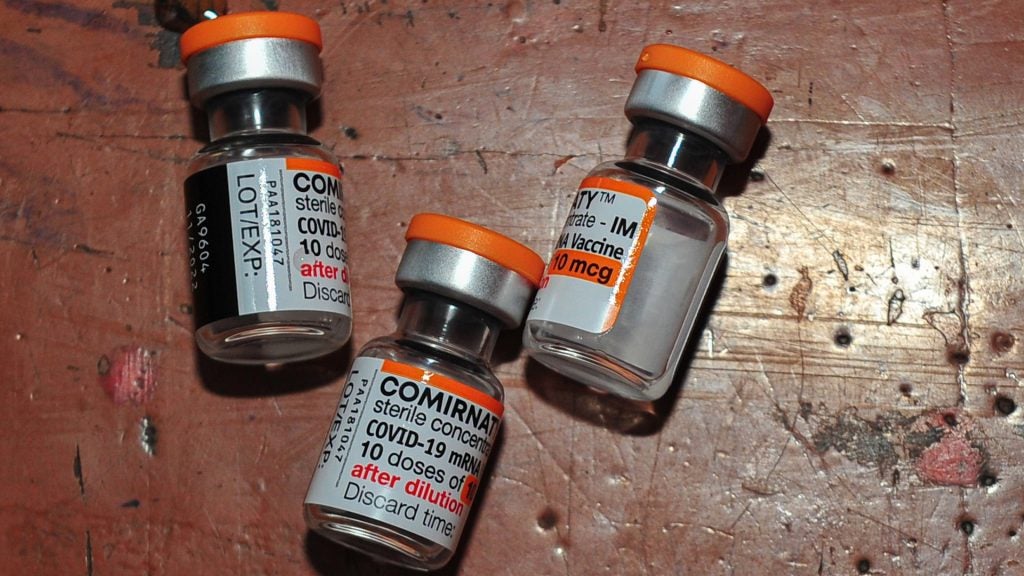The University of Queensland (UQ) in Australia has reported that its second-generation clamp vaccine demonstrated to be safe and possesses a virus-neutralising effect like an approved vaccine in a clinical trial.
This new vaccine was designed using a re-engineered clamp platform.
The proof-of-concept (PoC) trial analysed the second-generation clamp Covid-19 vaccine against Novavax’s vaccine, Nuvaxovid.
Nuvaxovid is approved by the Australian Therapeutic Goods Administration (TGA).
UQ project leader associate professor Keith Chappell said: “We compared second-generation clamp SARS-CoV-2 vaccine head-to-head with TGA-approved Nuvaxovid (Novavax), and the two were found to be functionally equivalent.
“The Clamp2 trial group showed a 2.5-fold boost in neutralising ‘titres’ and it was 2.1 in the Novavax group.
“The two vaccines produced highly comparable results, however, while there were no new Covid infections among the Clamp2 volunteers, there have been three Covid cases detected amongst Nuvaxovid recipients so far.”
The trial subjects will be observed on a regular basis for six months.
The Clamp2 vaccine also included an MF59 adjuvant of CSL Seqirus.
The Queensland and Australian governments, as well as various partners, backed the advancement of the re-engineered molecular clamp to a proof-of-concept trial in humans.
UQ's commercialisation company UniQuest granted the licence for the technology to Vicebio, which is currently advancing its use against respiratory pathogens such as respiratory syncytial virus, human metapneumovirus and parainfluenza viruses.
Under a partnership agreement, the Coalition for Epidemic Preparedness Innovation (CEPI) is supporting UQ’s rapid response vaccine research for potential disease outbreaks in the future.
CEPI programmes and innovative technology director Dr In-Kyu Yoon said that “advancing vaccine platforms – like UQs molecular clamp technology – would be crucial for developing vaccines against new emerging infectious threats.”
In November 2022, UQ announced plans to begin a Phase I trial of a second-generation molecular clamp vaccine for disease outbreaks in the future.
















